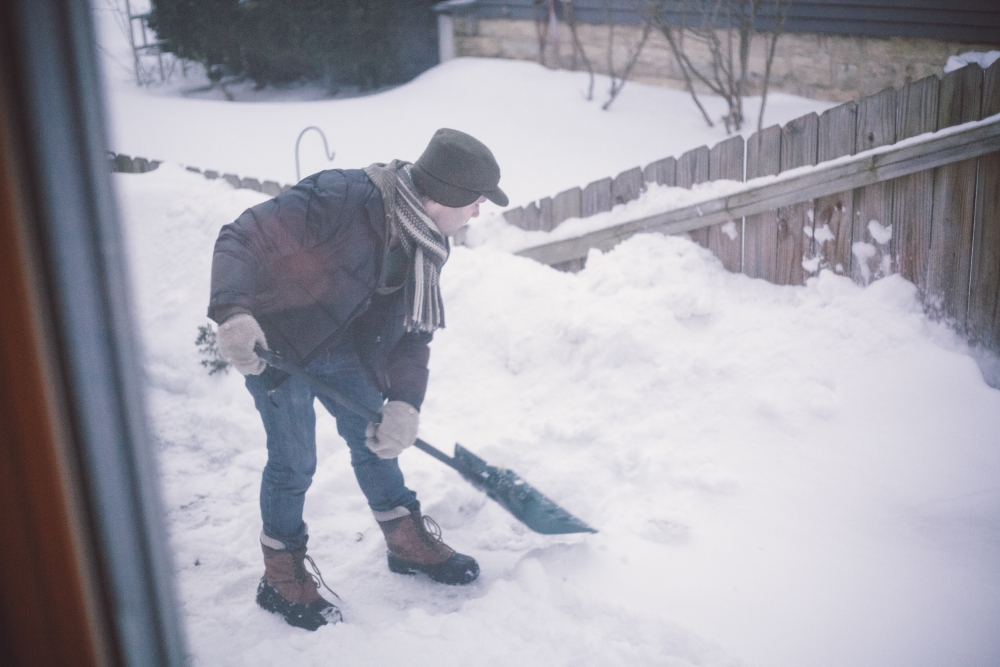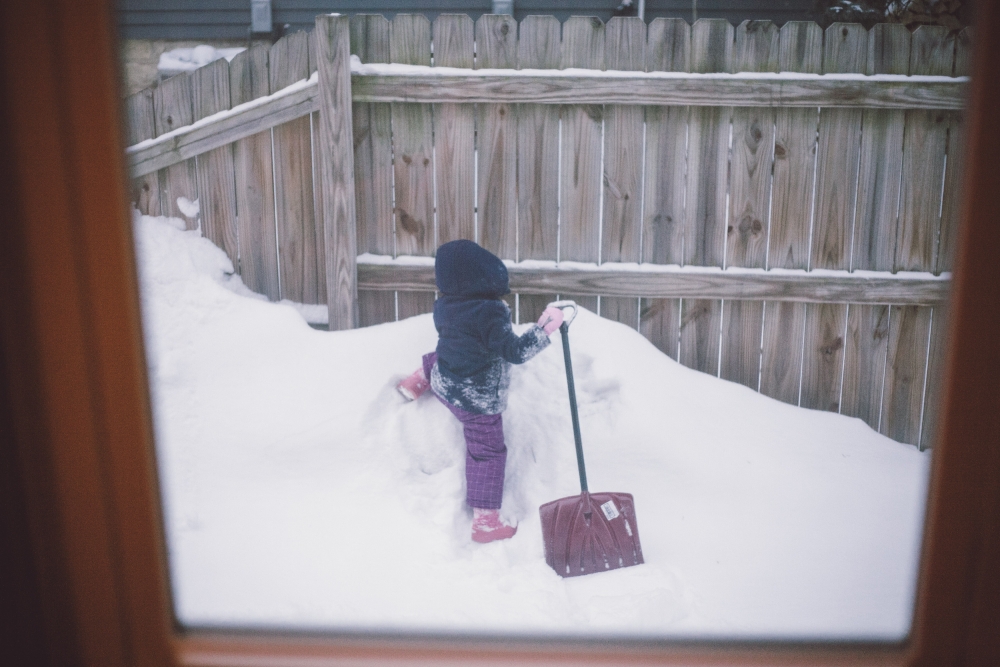cooking with cast iron
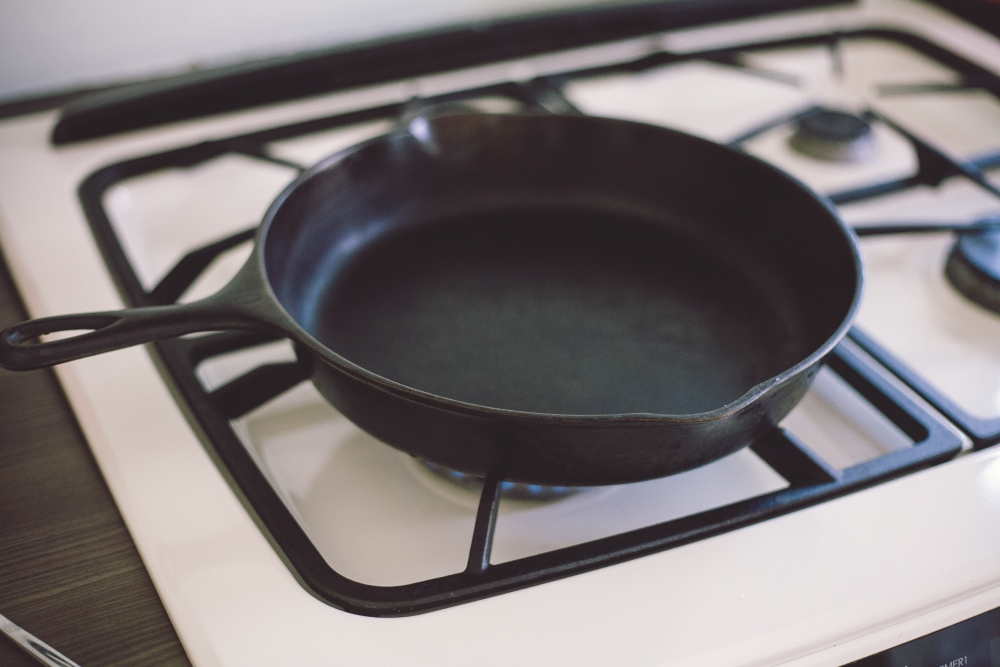
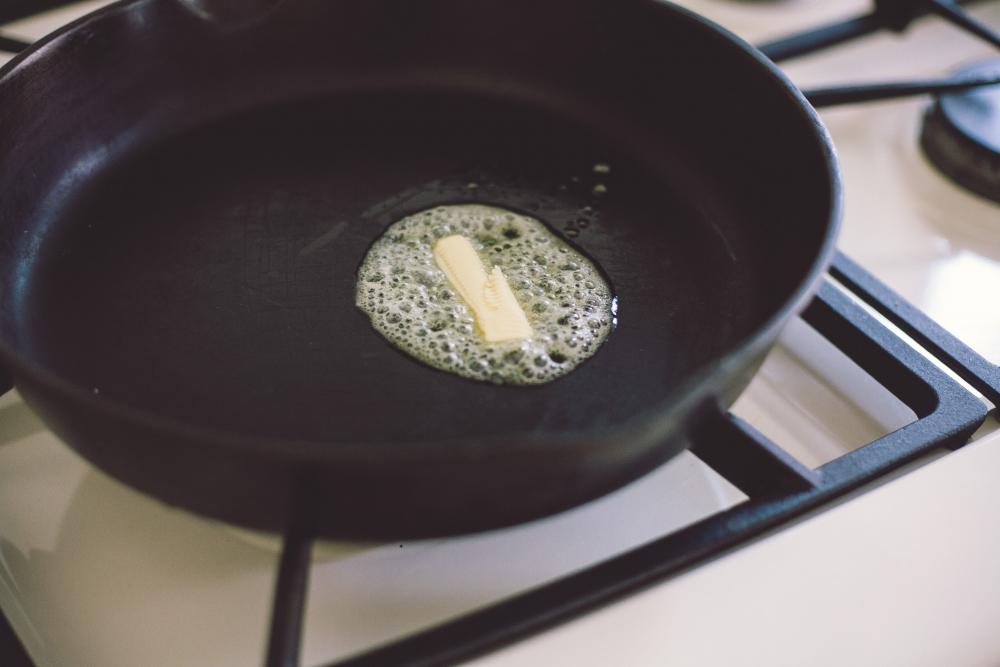
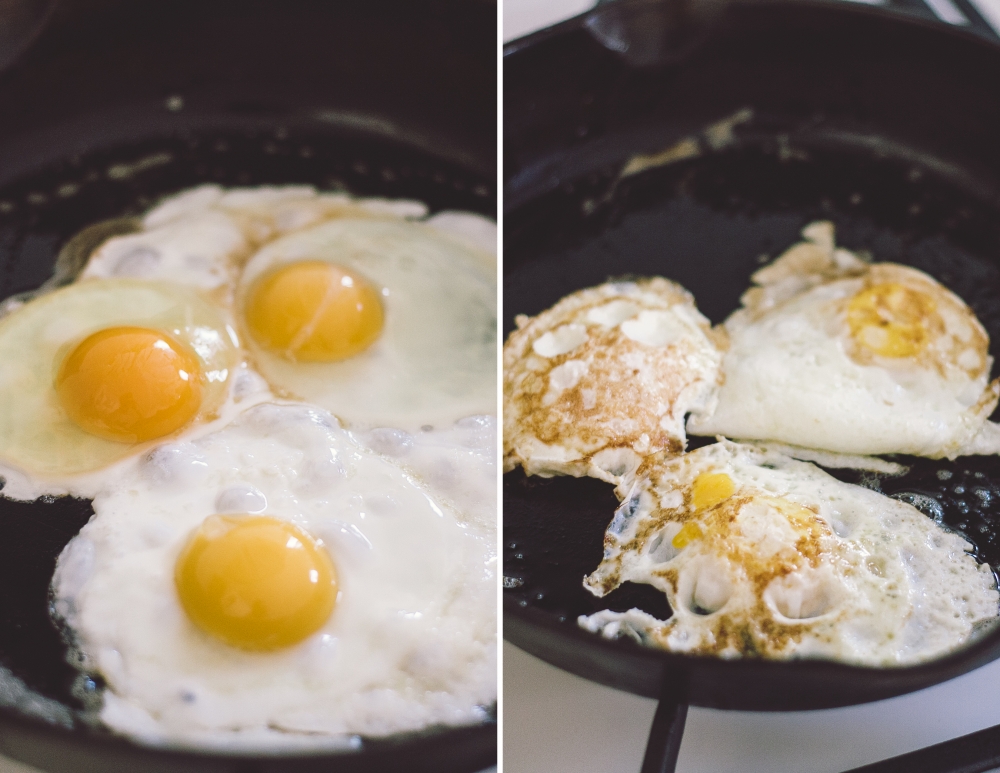
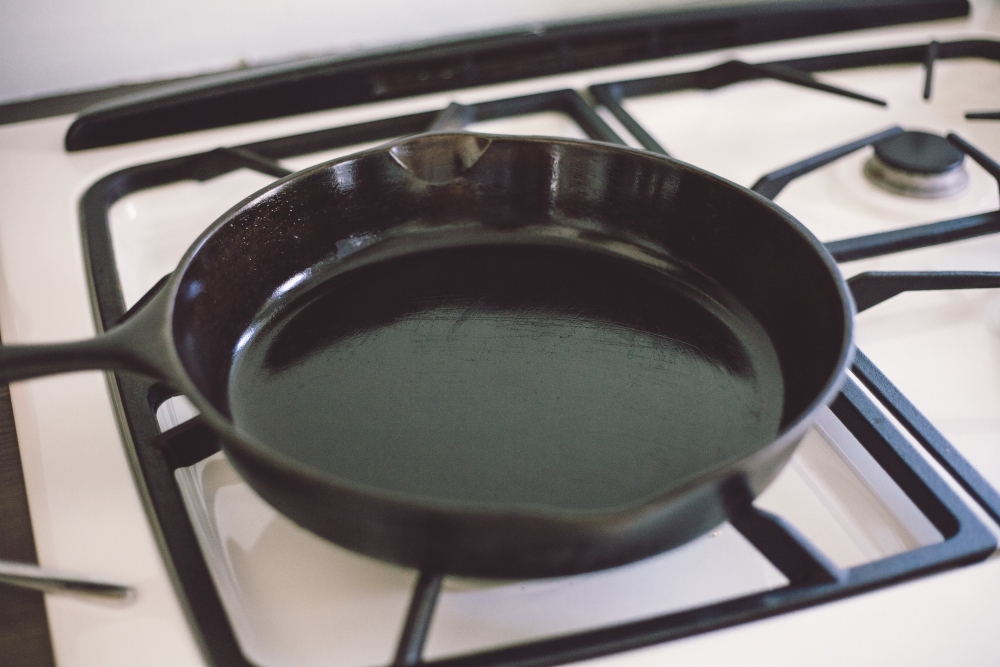
My friend Courtney commented a few posts back asking about how I season my cast iron, since she hasn't had much luck. I started typing out a response in the comments and realized that I had way too much cast iron advice for a single comment!
I've been cooking pretty much exclusively in cast iron since Alan and I got married 4.5 years ago, when I was lucky enough to inherit a small cache of barely used vintage Le Creuset pots and pans from my mother. They were just sitting in a box in the basement pantry, and as I often say as I disappear out my parent's front door with some treasure in hand, "it's all in the family!"
Reasons I love cast iron:
- It's virtually indestructable - if you ruin the seasoning on your pan, you can just strip it and reseason. Your children and your children's children's children can easily inherit your cast iron.
- It's safe - I don't trust the chemicals in non-stick cookware, even the new Green-Something-Or-Other.
- It maintains a nice, even heat.
- A properly seasoned cast iron pan has an excellent non-stick surface.
- Food tastes awesome! I don't know why this is, maybe someone can weigh in on this one, but it's pretty widely accepted that food cooked in cast iron tastes better.
Finding cast iron:
- Consider vintage - Le Creuset are obviously very nice, but they are really pricey, and I don't necessarily prefer it to the refinished $50 vintage Wagner skillet that I picked up at the flea market a year or two ago. You can get already reseasoned or reseason it yourself. Flea markets, Etsy, and Ebay are great places to check.
- Be aware that some cast iron is raw and some is enameled with a matte black enamel - Le Creuset is enameled, my Wagner is not. There are pros and cons to both; enameled does not require the oven-seasoning that a raw pan would, but the enamel can chip and flake (and as far as I know there is no way to repair it) and the surface does behave a little bit differently than a raw pan. It's really a matter of personal preference, just pay attention to what you are buying - if you don't check the label, you probably won't be able to tell just by looking at it.
- Do not buy anything without a nice smooth surface. I have noticed a lot of newer cast iron pans have a sort of. . .pebbly surface. If that seems counter-intuitive to the whole non-stick surface thing to you, you're probably right. The smoother the surface, the better. Smooth as a baby's bottom, the best.
Caring for cast iron:
- Seasoning - you will need to season a new, unseasoned pan, or a pan that has had its seasoning stripped because of soaking or scrubbing. Coat the clean pan in coconut oil (or bacon grease/lard) and pop upside down in a 325 degree oven for an hour or two. Be sure to line the bottom of the oven with foil to catch any drips.
- Cleaning - water is not your pan's friend, and soap is its arch nemesis. Whenever possible, just wipe the pan with a paper towel, or loosen stuck-on food with a plastic or wood utensil. Only use water if you must, and only soak the pan if you're planning on reseasoning it in the oven. In my experience, oven-seasoning gives you a good start on that non-stick surface, but its multiple successful cookings on the stovetop without a wash in between that really gets a nice surface. I think people can get stuck in a cycle where they don't have a great surface, food gets stuck, they resort to water or soaking, and next time they use the pan the food sticks even worse, and so on. So season your pan, use plenty of fat the first few times you use it, and try to be happy with just a quick scrape. It doesn't have to be perfectly clean. Over time, the non-stick surface just gets better and better, negating your need for water and easily wiping clean.
Cooking in cast iron:
- Cooking fats - coconut oil is fine for seasoning, but it's not great for cooking. I find that it, and other plant oils, can get almost waxy or gummy, and they don't keep things from sticking very well. I really have much better luck with animal fats such as butter, ghee or bacon fat (from pastured animals, of course).
- Temperature - you can generally use lower temperatures with cast iron because it retains and imparts heat so much better than other pans. I rarely go above medium. Make sure you skillet is nice and hot and your fat is sizzling before dropping your food in.
- What to cook - save saucy things for a pot or dutch oven, and be aware that certain ingredients such as tomatoes, wine, and citrus will immediately eat up your seasoning by deglazing the pan. And of course, things like melting cheese are more likely to stick than an egg. Other than that, cook something delicious, that's all I have to say :)
Cooking in cast iron is great, but I know there is a learning curve, especially if you're used to those new-fangled Jetson's pans of the future. Hopefully this has been helpful! Go forth with cast iron confidence!


